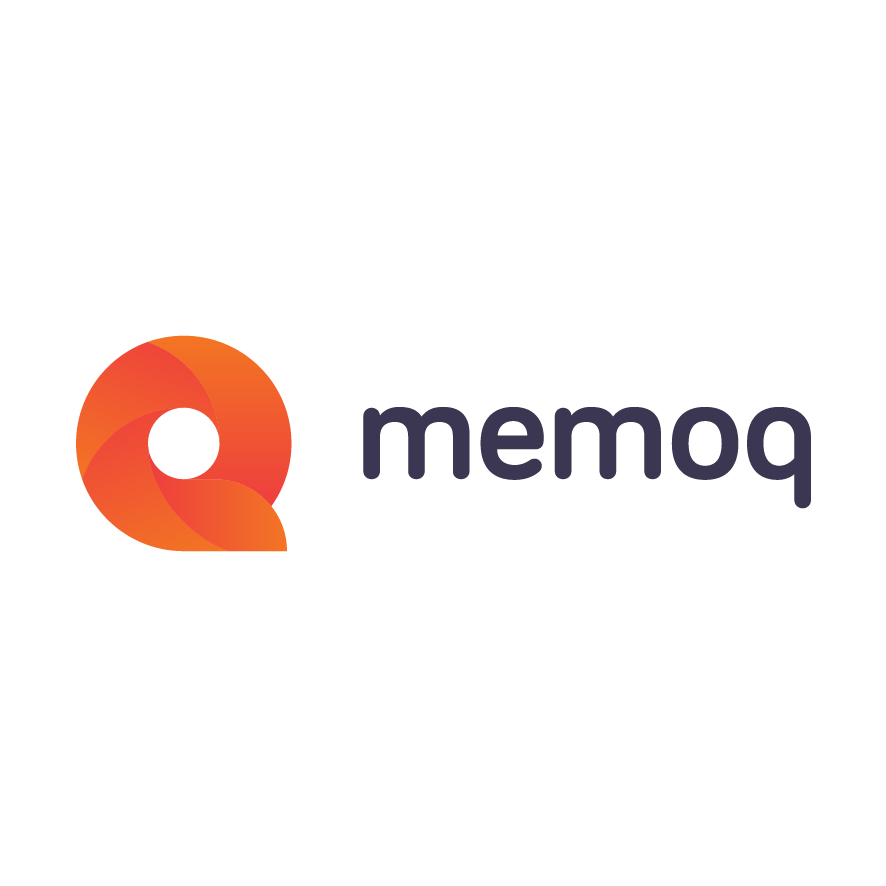A few days ago SDL published a press release about its results for the first half-year - the report itself is yet to be published. While the document is written cleverly and only shows growth, with some simple maths (comparing the interim statement from the first half-year of 2011 and the current first half-year) one can conclude that the language technology revenues don't grow, maybe even shrink.
There are of course a number of questions where I don't know the answer, such as:
- what exactly makes up their language technology division (SDL Trados Technologies, SDL Languageweaver, SDL Worldserver and TMS, SDL Passolo for sure, but is there anything else?),
- what's the proportion of support and upgrades as opposed to new license sales,
- did the content management division grow or not,
but I think the judgement that the language technology division is not growing is valid. In an industry where upgrades make up a larger percentage of the revenues, a growth smaller than 20% means the company is not growing in new license sales or doing a bad job at customer retention.
One could say that this is good news for Kilgray, and if we cared more about SDL than about the translation technology industry, we would probably agree. However, there may be several factors at play here:
- operational inefficiencies. When Trados was still a company, they had really high costs and really high revenues. The market did not really compete. In a situation like this, one may sit back and not monitor the business very carefully. This is also an environment that benefits "stars" rather than hard-working relatively junior staff.
- new entrants with wild dreams. We like to think of ourselves as a young company, but we aren't anymore. We've been in business for 7 years, and since then, several new entrants appeared. When we released our first serverFive package, it cost 1490 euro - now it's about 5 times as much, and if we still sold it for 1490 euro, we'd have considerable losses. We just have to face it that more complex software has higher marginal costs for every new feature, and the support cost is also correlating with the number of customers. New entrants are boasting business models that allow them to grow to 2-3 million euros in revenue, but once they are there, they'll find that they are not profitable and either raise prices or go out of business. For SDL, we were a new entrant, for us, others are.
- moving from a lump sum model to a continuous cash flow model. New entrants in the industry and also IT in general are pushing the SAAS model more and more. While Idiom failed miserably in sales with their SAAS offering several years ago, there may be a momentum here. Transiting from the lump sum license fees to SAAS definitely means a temporary decrease in revenues.
- the message and the markets. It all depends on what your message is and who your customers are, and while a couple of years ago we joked that "what SDL is doing is very good and we should do that too", we see that not everything they come up with works well (with all respect due to the company). While they started to focus on content management, their language technology offering still has gaps, and the concept of "language asset management" may not reflect the real demand to a full extent. What neither SDL nor we know is how those companies that operate with a tighter translation budget manage and automate their translations, and how much we can earn. Both SDL and Kilgray are strong in flexibility and unique workflows, but the question is, isn't there a market out there that requires translation technology for cost savings but does rather change their processes than pay hefty sums for servers? And if we find there is, how can we train them by the dozen? Maybe what we're both offering is a Rolls Royce, while they just need a Skoda (which is my favourite car).
Why is this report interesting to us? It shows that there is a limit to where the concept of "pay less for TM hits", which is the underlying principle of these technologies, can grow. In order to ensure a quick growth, we need to move away from the convenient shadow of SDL (as Ben Sargent put it about 3 years ago, and I found it very interesting, we're everything that SDL are not, because we had to grow up in their shadow) and find our own ways to serve more and more people.

memoQ
memoQ is among the world's leading translation management systems. The favorite productivity tool for translation professionals around the globe.



